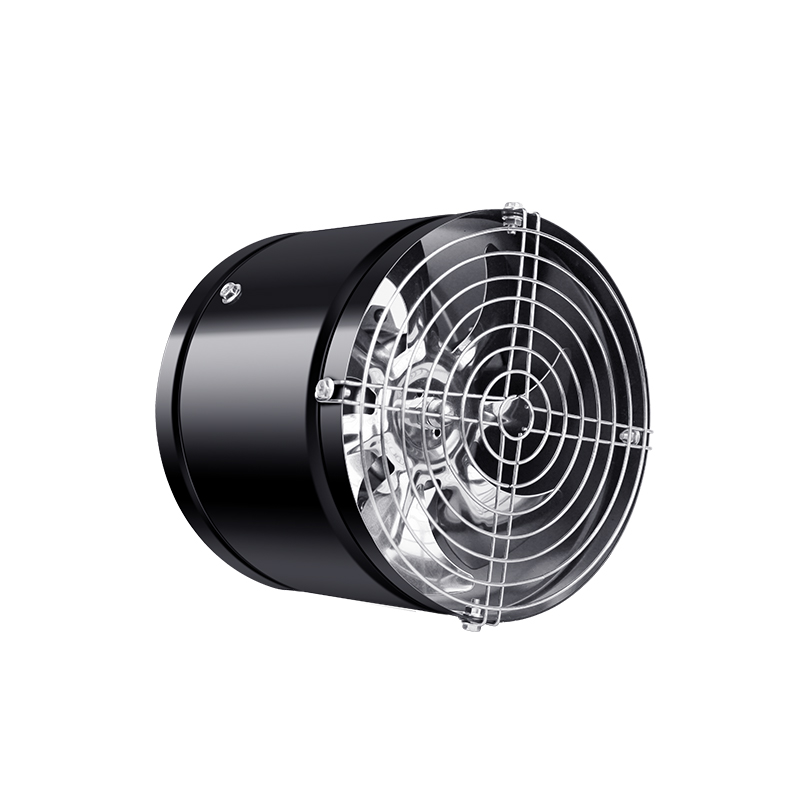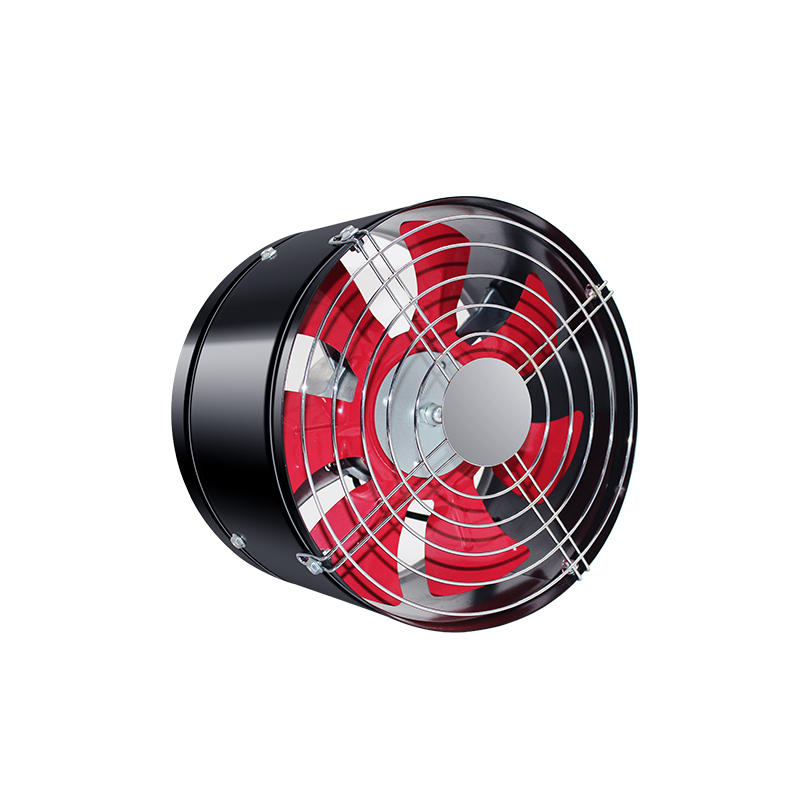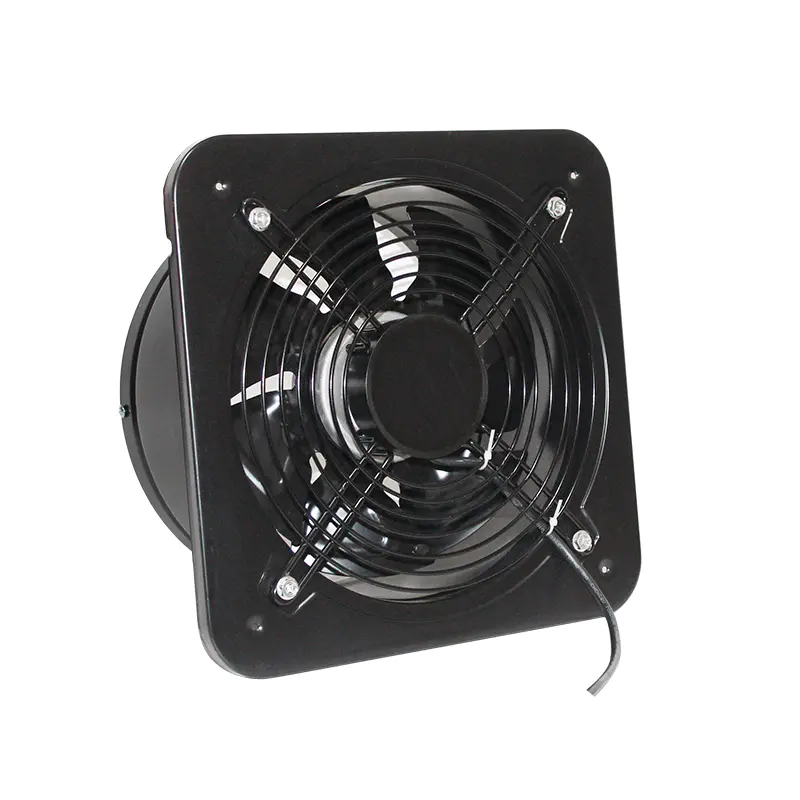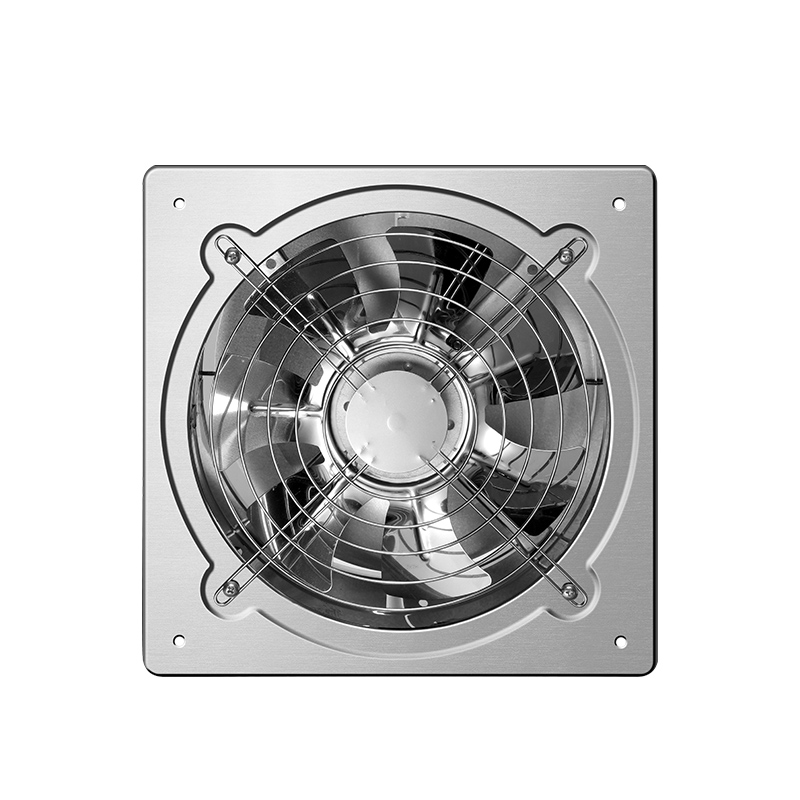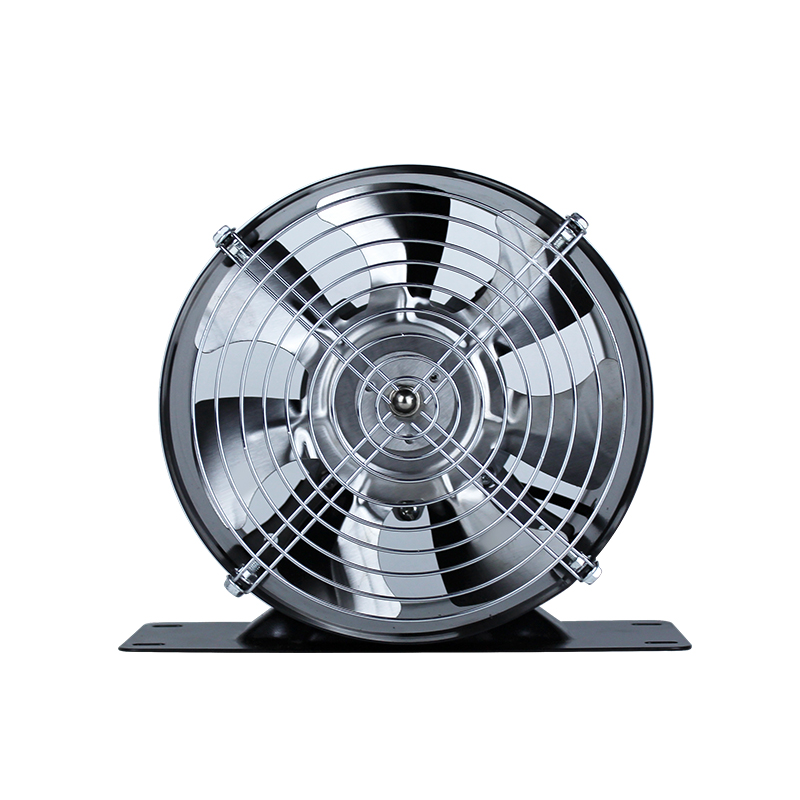News
Why Axial Flow Ventilation Fans Are the Future of Industrial Cooling Systems
Top 5 Energy-Efficient Axial Flow Fan Designs for Large Spaces
1.1 High-Static Pressure Axial Fans for Industrial Use
When it comes to cooling large industrial spaces, axial flow ventilation fans with high-static pressure capabilities are essential. These fans are designed to move air efficiently even against resistance, making them ideal for factories and warehouses. Unlike traditional centrifugal fans, axial flow models consume less energy while delivering superior airflow.
Key advantages include:
- 30% lower energy consumption compared to radial fans
- Compact design saves installation space
- Variable pitch blades allow performance adjustment
1.2 Corrosion-Resistant Marine Axial Ventilation Systems
Marine environments demand specialized axial flow exhaust fans that can withstand saltwater corrosion. These units feature aluminum or stainless steel construction with protective coatings. The latest models incorporate self-cleaning mechanisms to prevent salt buildup on blades, ensuring consistent performance in harsh conditions.
How to Choose Between Axial and Centrifugal Fans for Your Facility
2.1 Airflow Requirements: Volume vs Pressure
The decision between industrial axial flow fans and centrifugal models depends primarily on your airflow needs. Axial fans excel in moving large volumes of air at low pressure, while centrifugal fans generate higher pressure for ducted systems.
| Feature | Axial Fans | Centrifugal Fans |
|---|---|---|
| Air Volume | High (up to 500,000 CFM) | Medium (up to 150,000 CFM) |
| Pressure Capability | Low to Medium | High |
| Energy Efficiency | Excellent | Good |
2.2 Noise Level Considerations
Modern heavy duty axial flow fans incorporate noise-reduction technologies that make them suitable for environments where sound levels matter. Blade designs featuring swept tips and uneven spacing significantly reduce tonal noise compared to conventional models.
Installation Guide for Commercial Axial Flow Ventilation Units
3.1 Proper Mounting Techniques for Optimal Performance
Correct installation of axial flow ventilation systems dramatically affects their efficiency and lifespan. Wall-mounted units should maintain at least 1.5 times the fan diameter clearance from obstacles. For roof installations, weatherproof housings and vibration isolators are mandatory to prevent structural damage.
3.2 Electrical Wiring and Safety Precautions
Industrial-grade axial fans require professional electrical installation. Key considerations include:
- Proper gauge wiring based on motor amperage
- Ground fault protection for outdoor units
- Variable frequency drives for speed control
Maintenance Tips to Extend Axial Fan Lifespan
4.1 Quarterly Inspection Checklist
Regular maintenance of axial flow exhaust systems prevents unexpected downtime. A comprehensive quarterly check should include blade cleaning, bearing lubrication, and electrical component testing. Thermal imaging can detect early motor winding issues before failure occurs.
4.2 Vibration Analysis for Predictive Maintenance
Advanced facilities now use vibration sensors to monitor axial fan health. Abnormal vibration patterns can indicate:
- Imbalanced blades (1.5-2.0 mm/s vibration)
- Bearing wear (3.0+ mm/s vibration)
- Misalignment (side-to-side vibration patterns)
Innovations in Axial Flow Technology for 2024
5.1 Smart Axial Fans with IoT Integration
The latest generation of axial flow ventilation incorporates IoT sensors that monitor performance metrics in real-time. These systems can automatically adjust speed based on temperature sensors and predict maintenance needs through machine learning algorithms.
5.2 Aerodynamic Improvements in Blade Design
Computational fluid dynamics has led to breakthrough blade geometries that increase efficiency by 15-20% compared to traditional designs. These advanced profiles reduce turbulence and energy losses, particularly in large-diameter industrial fans.


 English
English 中文简体
中文简体
